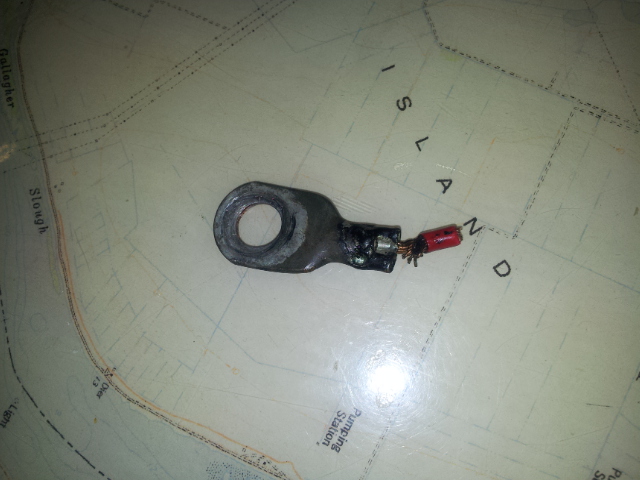- Joined
- Apr 15, 2008
- Messages
- 13,731
- Location
- California Delta
- Vessel Name
- FlyWright
- Vessel Make
- 1977 Marshall Californian 34 LRC
I'm out on the water with friends for the week and am having a problem with my ProMariner 30A charger. This unit is a charger only...no inverter.
When I run my generator (Honda eu2000i), I only get 2.5 - 3 amps of charging current to my house bank in bulk charge mode. Both banks, house and start, are slow to rebuild voltage. I've checked all connections, charger mode lights look normal, can't find the problem.
The generator runs all other systems normally including water heater, AC outlets, etc. The battery monitor shows normal charging on the alternators. I plan to swap the charger leads from house to start and vise versa tomorrow morning to see if the indications change.
I'm running the generator for large AC loads like coffee maker and microwave to help the batts. Also running the stbd engine to boost the batts. All is well with the battery monitor, Honda eu2000 generator and alternator charging.
Any ideas on what I can check or test on the water to troubleshoot or solve this problem?
Thanks for your thoughts and ideas. Here's a shot of our playground for the next week.

When I run my generator (Honda eu2000i), I only get 2.5 - 3 amps of charging current to my house bank in bulk charge mode. Both banks, house and start, are slow to rebuild voltage. I've checked all connections, charger mode lights look normal, can't find the problem.
The generator runs all other systems normally including water heater, AC outlets, etc. The battery monitor shows normal charging on the alternators. I plan to swap the charger leads from house to start and vise versa tomorrow morning to see if the indications change.
I'm running the generator for large AC loads like coffee maker and microwave to help the batts. Also running the stbd engine to boost the batts. All is well with the battery monitor, Honda eu2000 generator and alternator charging.
Any ideas on what I can check or test on the water to troubleshoot or solve this problem?
Thanks for your thoughts and ideas. Here's a shot of our playground for the next week.



 (Old Johnny Carson joke.)
(Old Johnny Carson joke.)

 When I connected a new 6 guage cable, the voltage immediately rose to over 14V.
When I connected a new 6 guage cable, the voltage immediately rose to over 14V. 